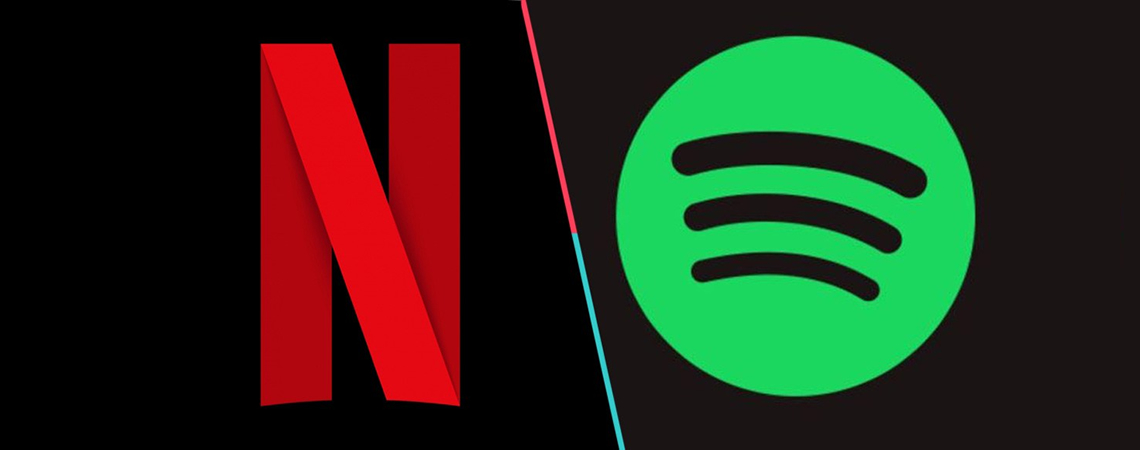

With this regulation, a new unit of measurement was introduced, the LUFS (Loudness Units relative to Full Scale). This was the birth of the EBU R128 specification, which was initially implemented in Germany in 2012. The difference in volume between a television movie and the commercial interruption it contains sometimes took on such bizarre proportions that the European Broadcast Union felt forced to issue a regulation on loudness. In the broadcasting area, the problem was also widespread. The problem with different volume levels was not just limited to the music area. Sounds like a good idea at first glance, right? Why LUFS? This means if our song is louder than -14 dB LUFS, it will be automatically reduced in volume by the streaming algorithm so that playlists have a more consistent average loudness. The streaming service Spotify for example, specifies the number -14 dB LUFS as an ideal loudness value. So they looked for a digital counterpart to the analog record level knob and found it in an automated normalization algorithm that processes every uploaded song according to predefined guidelines. In their early years, these streaming services quickly discovered that without a regulating hand on the volume fader, their playlists required constant readjustment by the users due to the varying loudness of individual tracks. Music fans like us still enjoying mixtapes, except that today we call them playlists and they are part of various streaming services such as Apple Music, Amazon Music, Spotify, YouTube, Deezer or Tidal. When we created mixtapes, the recording level was simply adjusted by our hand, so that differently loud records were more or less consciously normalized by hand. The mixtapes offered a consistently pleasant listening experience, at least as far as the volume of the individual tracks was concerned. Songs of different artists gathered on a tape, which we pushed into a tape deck of our car with a Cherry Coke in the other hand in order to show up with suitable sound before hitting at the next ice cream dealer in the city center. To what extent should you follow these guidelines when mastering and what do you have to consider when interacting with audio streaming services? To find the answer, we have to take a little trip back in time.ĭo you remember the good old cassette recorder? In the 80s, people used it to make their own mixtapes.

Especially since these online services suggest concrete guidelines for the ideal loudness of tracks.

Streaming platforms (Spotify, Apple, Tidal, Amazon, Youtube, Deezer etc.) are hot topics in the audio community.


 0 kommentar(er)
0 kommentar(er)
